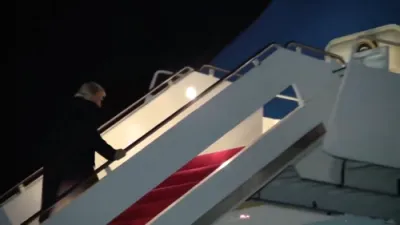טראמפ פארט קיין אזיע פאר א וויכטיגע ASEAN זיצונג.
President Donald Trump departed Washington for Asia on a major diplomatic mission that will see him participate in the ASEAN Summit in Malaysia and hold high-level meetings with several regional leaders, including Chinese President Xi Jinping and North Korean leader Kim Jong Un.
The visit marks one of Trump’s most consequential international trips of his current term, with discussions expected to center on regional security, trade, and the evolving balance of power in the Indo-Pacific. According to senior White House officials, the president aims to advance U.S. economic and strategic interests in the region while reinforcing Washington’s commitment to its allies and partners.
Trump’s attendance at the ASEAN Summit comes at a critical time, as Asia faces renewed security challenges—from Chinese expansionism in the South China Sea to North Korea’s nuclear ambitions. The president is expected to press for fair trade, stronger defense cooperation, and a united front against regional threats, continuing his administration’s policy of “peace through strength.”
His scheduled meeting with Chinese President Xi Jinping will be closely watched, following recent U.S. measures to balance trade deficits and protect American industries from Beijing’s economic coercion. Meanwhile, Trump’s planned engagement with Kim Jong Un suggests that diplomatic channels between Washington and Pyongyang remain open, even amid rising tensions.
The trip underscores Trump’s continued emphasis on direct, leader-to-leader diplomacy—an approach that has redefined America’s role in Asia and projected an image of strength and resolve on the world stage.
As Air Force One heads east, global attention turns once again to the president who has reshaped international dialogue, seeking not just to maintain global stability, but to secure lasting peace and prosperity for the American people.


































